
Ron Jefferson


Cholesterol, Steroid Hormone Increase Responsible for Bizarre Deaths of Maternal Octopus After Laying Eggs

DARPA's Glide Breaker Project Resumes to Phase 2; Improves Counter Hypersonic Missile Function to Mach 5

Guangxi China’s Giant 630-Feet Sinkhole Secretly Houses a Lively Forest With Caves, Tall Trees

AI Model Uses Machine Learning to Predict Age, Gender of Infants Through Temperament Data

High Risk of Brain Tumor, Lung Cancer in Communities Living Near Wildfire Hotspots Discovered
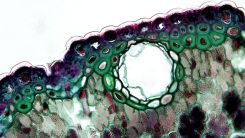
3D Structure of Sperm Cells Shows Genetic Development of Species and How Each is Given "IDs"

Experts Located the Neurons Behind 'Performance Monitoring'
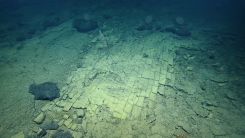
Road to Atlantis? Pacific’s Underwater 'Yellow Brick Road' That Looks Like Dry Bricks Discovered

This Is How Saber-Toothed Feline Predators Actually Looked Like

Unique Native American Mural Discovered in Alabama; Ceiling Sculptures Contain Creepy Giant Humanoids

Suitcase-Sized Device Turns Seawater Drinkable by 0.3 Liters Per Hour; Cleansing Powered by 20 Watts Like Phone Charging

Borneo's Rare 'Mystery Monkey' Discovered as Hybrid of Two Species, But Experts Are Not Happy

Long-Term Space Missions Warps Astronauts’ Brain, Is This a Major Risk for Future Space Travelers?

US Health Officials Warn a Possible COVID Surge in Fall and Winter
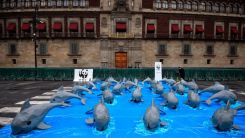
Inbreeding and Lesser Fishing Best Choice to Revive Population of Rare, Critically Endangered Gray Porpoise

Nanomagnets Developed to Construct New Neural Network Model for AI-Based Simulations

Galactic Ballet Between Distant Galaxies Captured by Dark Energy Camera; Couple Expected to Merge After Million-Year Dance Concludes
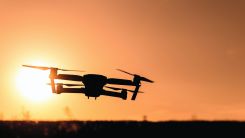
Palm-Sized Drone With Flight Performance Like in Sci-Fi Films Can Attack Humans in Pack [WATCH]

Deadly Infections of Parasitic Brain-Eating Amoebas Kills One in Karachi, Pakistan

Normal Appearing Skin of Lupus Patients Found Vulnerable to Rash, Changes Due to Genetics and Blood Activities
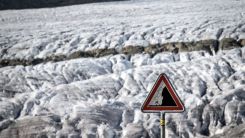
Landslides Found to Influence Glacial Shifts, Changes Movement and Melting of Ice Masses
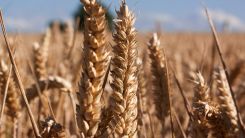
New Organic Farming Approach Developed with Nanofertilizers for Better Crop Yield
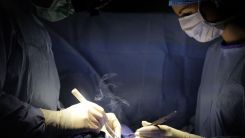
Comprehensive Study Shows Transparent Outcomes of Postprocedure Drugs Related to First-Generation Watchman Operations
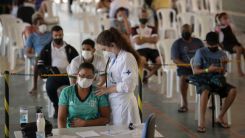
Plastic Pollution Costs the Nation Billions of Dollars; Will a New Recycling Technology Divert Some of the Waste from Landfills?

Experts Complete DNA and RNA Nucleobases from Meteorites, Supports Origin of Life from Space
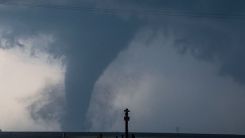
Drone Video Shows Massive EF3 Tornado in Kansas Affecting Over 1,000 Buildings [WATCH]
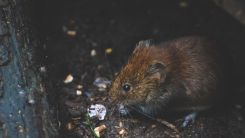
City Wildlife Like Rats Do Not Pose Much Threat to Future Pandemics, International Team of Researchers Says

First-Ever Mapping on Living Corals Identify Heatwave Impact, Reveals 'Winner and Loser' Reefs

Deciphering RNA 3D Structure Now Possible with Novel Technique
Most Popular

Say Goodbye to Dark Spots: The Science Behind Dark Spot Remover Creams

Persistent Coughs Are Everywhere: Here's What Experts Think Is Causing It

Ancient Hotspot Found to Have Created Great Lakes 300 Million Years Ago

Mysterious Structures Discovered Beneath the Pacific Ocean, Puzzle Scientists




